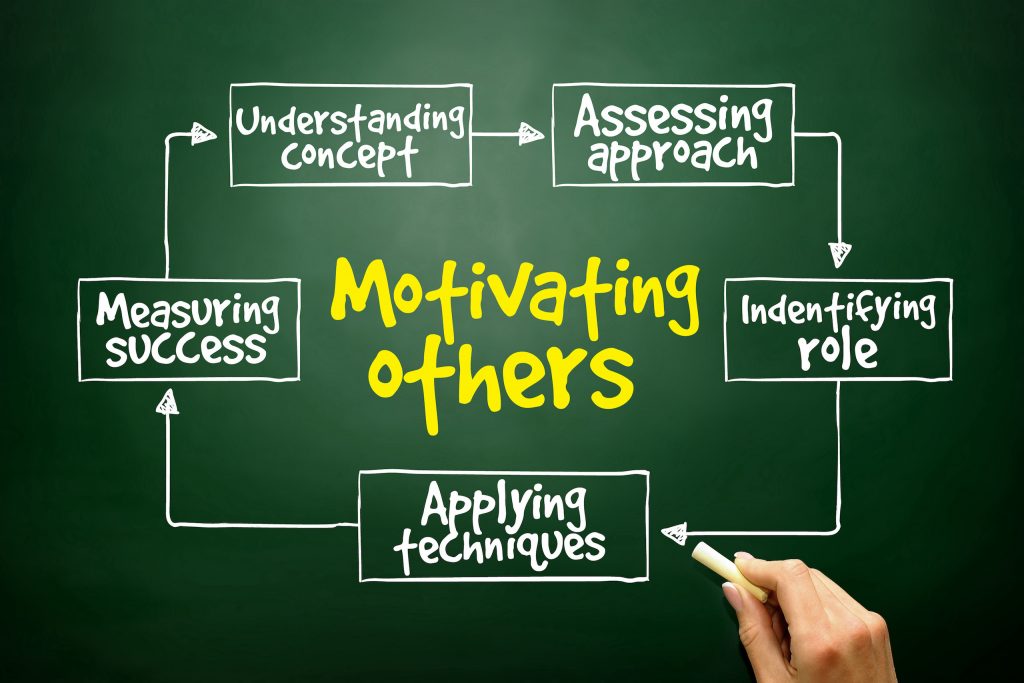360-feedback process – how to handle communication when it is complete
During a 360-feedback process, there is a 360-degree group of raters for each focal leader. By this I mean they come from all different parts of the organization. Because of this, they interact with the focal leader in different ways. These raters often include the focal leader’s boss, peers, and subordinates. The focal leader also rates themselves during this process.
Once the process is completed the focal leader will then get a report which describes and shows the ratings and any other comments that are added to the report. Although these are anonymous, some of the general feedback is still useful for the leader.
It is important as a focal leader participant to know how to communicate general results and findings to others in their organization because it will help them in their development needs. Being able to talk to others, ask for help, and acknowledge your strengths and development needs will help them get the most out of their 360-feedback process.
Below we illustrate four tips that will help you navigate talking to colleagues after receiving your 360-feedback report:
1. Thank others for their feedback.
Although the process is anonymous if there is an individual that the leader knows is involved or you know that parts of their team participated, thank them for participating in your process for example, on AlignMark’s report we have a row that indicates direct reports. Because of this, the focal leader can thank their team for their candid responses. This will open the door for future or further feedback from the individual because they know how much the leader appreciates their feedback.
2. Talk about your development needs with your team.
Sometimes there are very apparent development needs indicated in the focal leader’s report. Behaviors that everyone thinks need improvement. These are behaviors that the focal leader should go to their team about and acknowledge them and let your team know that you are working on improving that skill.
For example, when it comes to communication, one item could that someone could lack is “answers email, texts, and voicemails in a timely manner”. The leader rarely answers the phone or answers voicemails. This is something to acknowledge to the team that they will start to answer all communications quickly.
3. Acknowledge what you are doing well.
This plays off the second point above. Along with talking about your development need, it is also important to acknowledge what you are doing well. For example, if are a great “problem solver” it is important to note and give yourself recognition. Like the above note that to your team that with your direction the team and organization could successfully solve problems that they are faced with.
4. If you need to, ask others for help based on the feedback results.
This is something the focal leaders should reach out to do whenever they need it. If they have a development need that they think an individual in the organization can help with they should ask for help. This will help them develop and show that they are actively developing based on the results of the 360-feedback process.
Sometimes individuals think the easiest thing to do after a 360-feedback process is to throw it in a drawer and forget about it. While that is the easiest thing to do it is the wrong thing to do. Development takes work and without the willingness to change development will not occur. 360-feedback should prompt development in the focal leader participating.
To jumpstart this process talking to individuals may help the leader understand more and have an easier development process. Talking to others, asking for help, and acknowledging your strengths and weaknesses to your team can be a push in the right direction. The 360 process opens the door for others to help you in your development process, and help your team develop while allowing you to ask questions and get help whenever needed.
Related Blog Post: 4 organizational benefits of 360 feedback
Related Resource: 360 feedback– your complete guide


 Dr. Jaffee (M.A., Ph.D.) is a recognized expert in the field of assessments, and has created effective HR Solutions used by millions of people.
Dr. Jaffee (M.A., Ph.D.) is a recognized expert in the field of assessments, and has created effective HR Solutions used by millions of people.